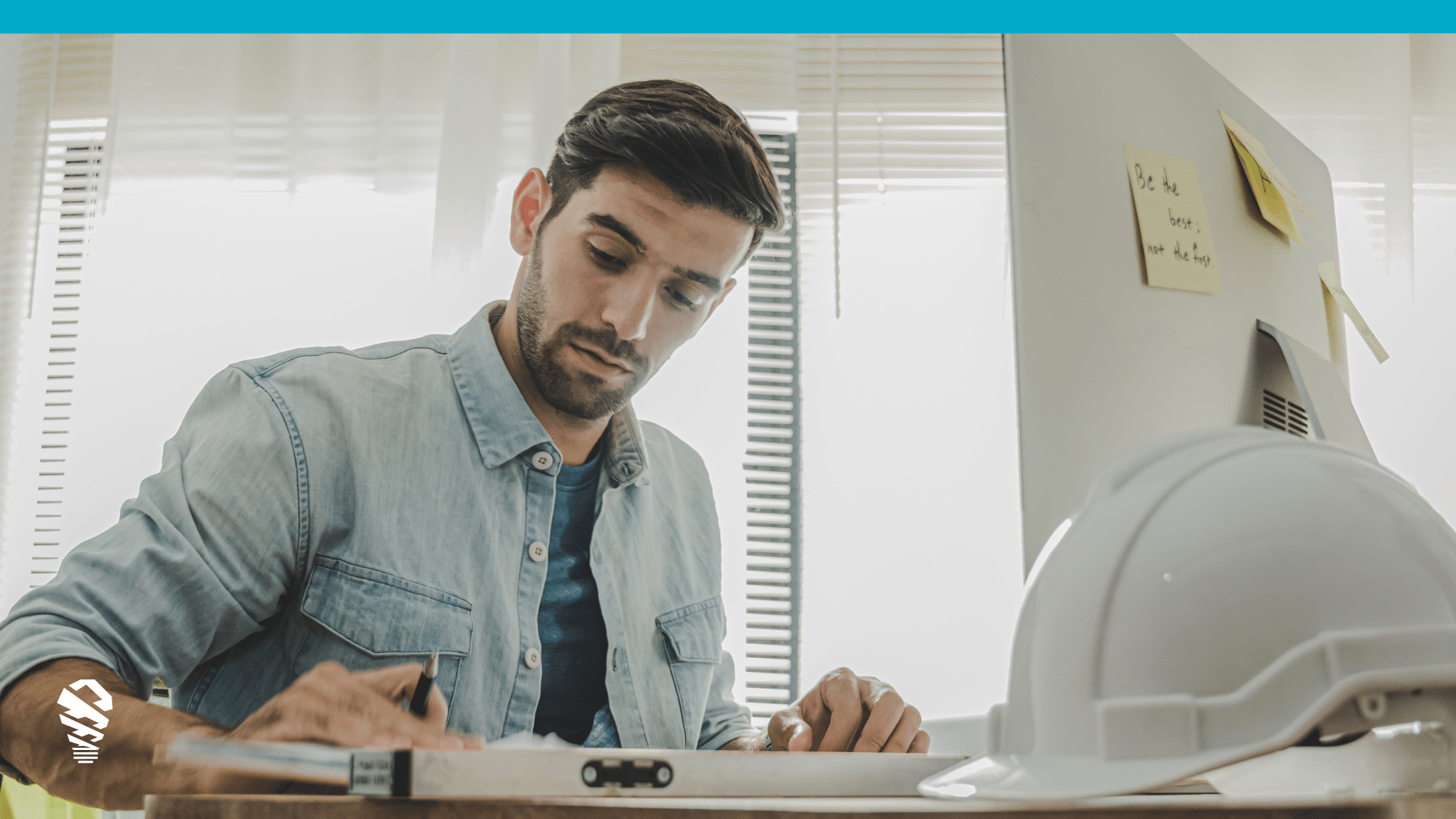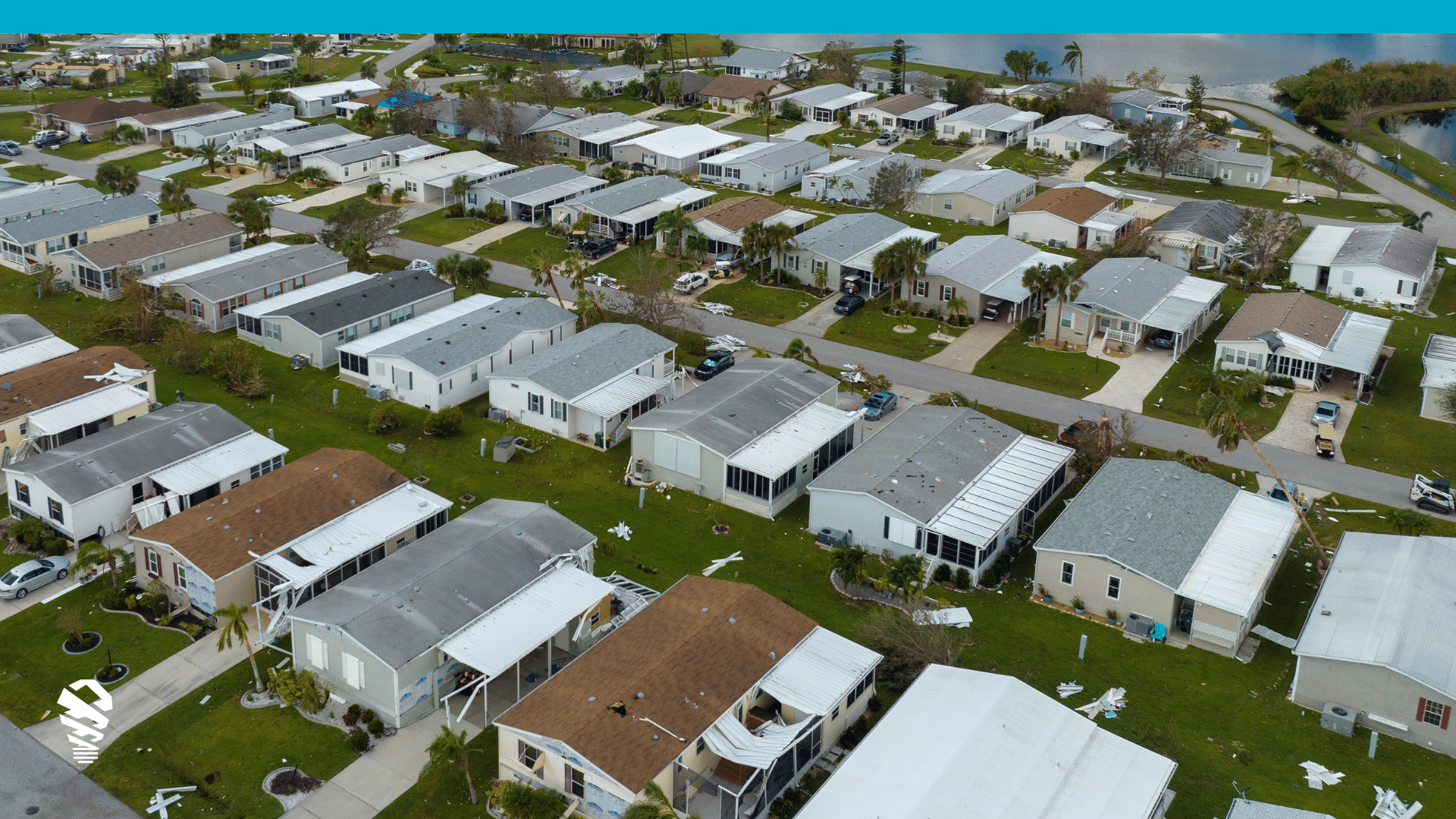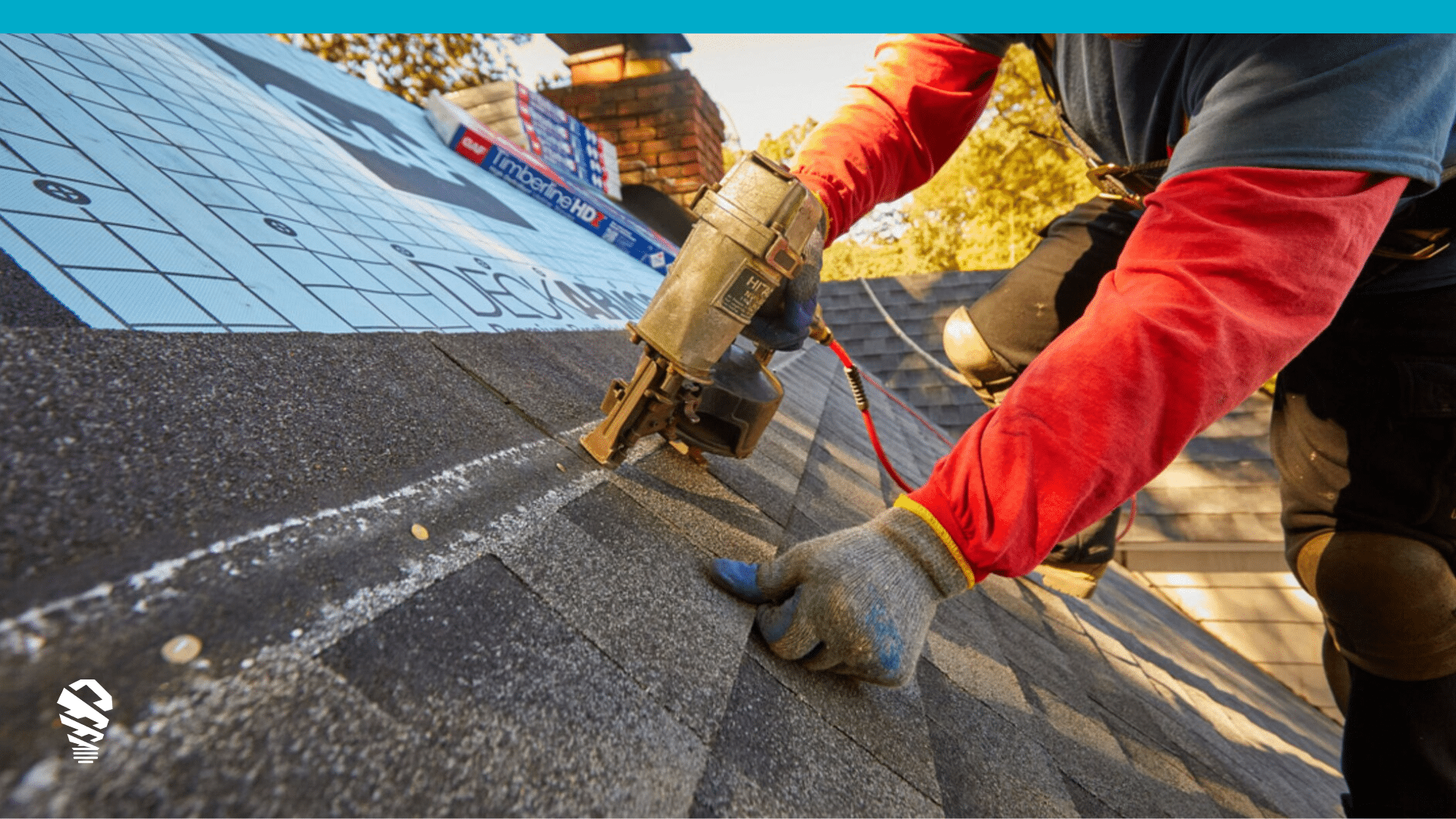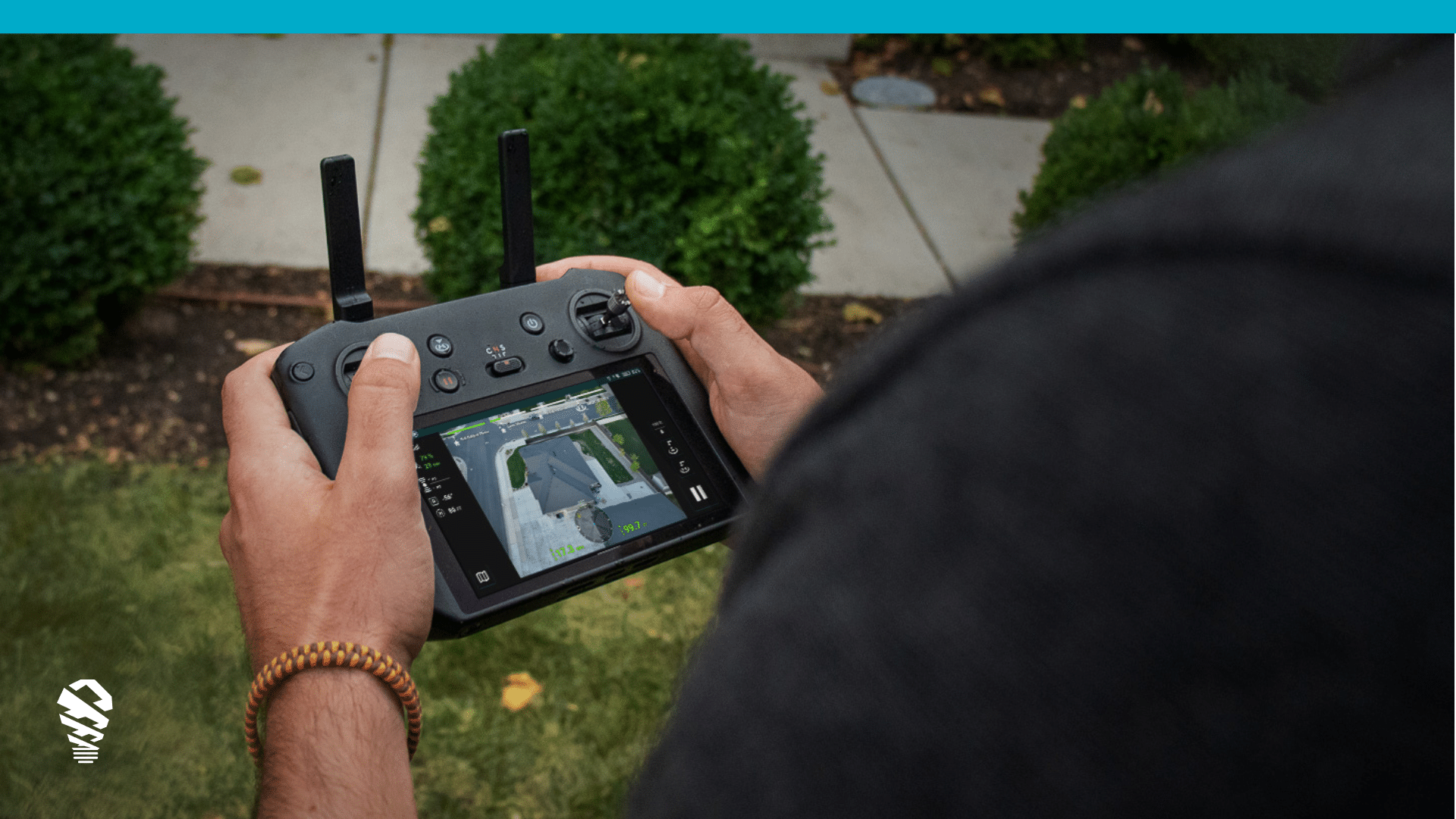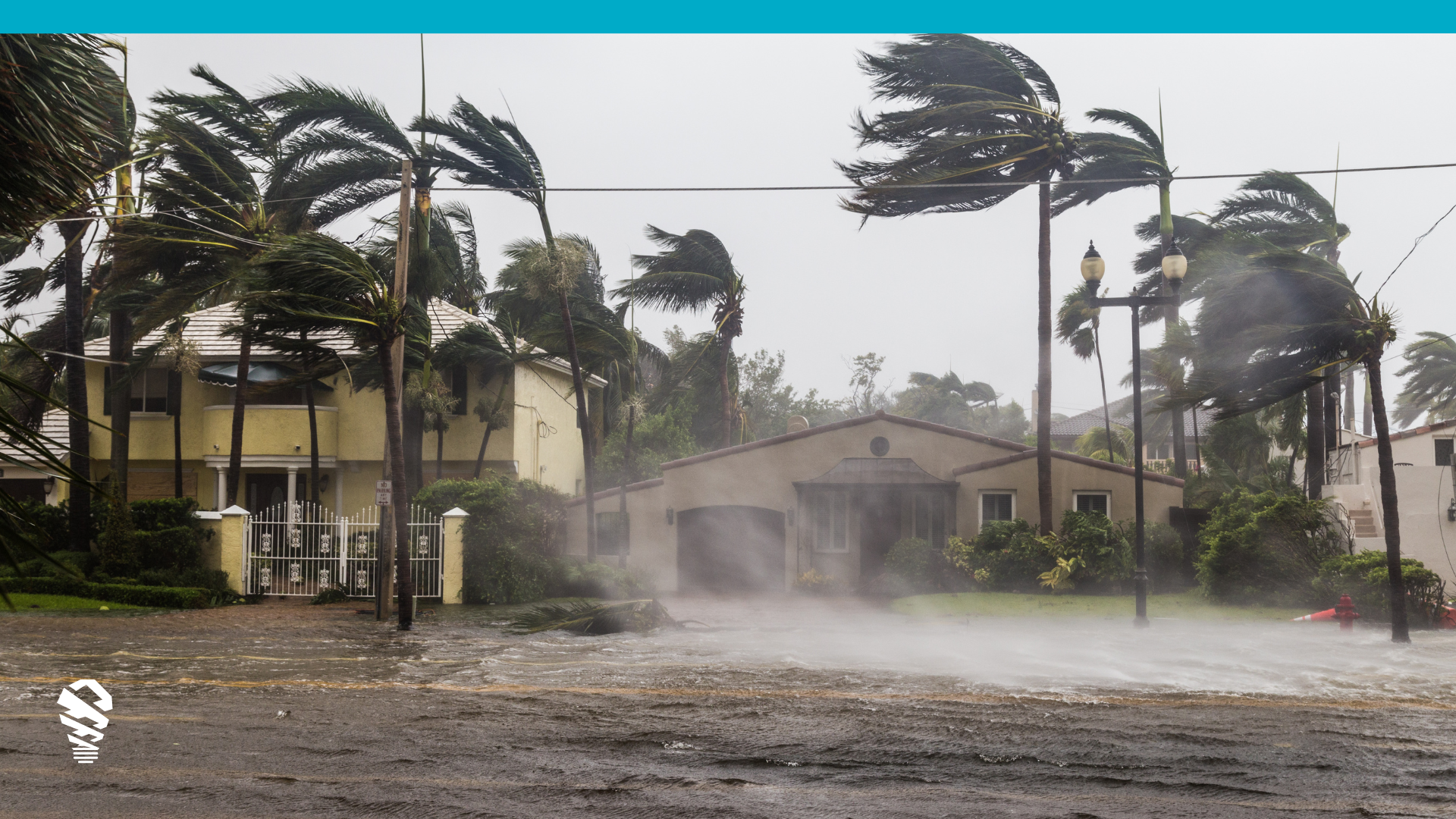15 years from now, the commercial drone industry will look back at Hurricane Harvey, as well as the subsequent hurricanes like Irma and Maria, as landmark events for drones. The use of drones to speed up insurance workflows has been the buzz for quite some time now, but Hurricane Harvey is the first catastrophic event where drone solutions could truly spread their wings (or props to be more precise) to push the boundaries of just how much aerial imagery can accelerate the claims process.
As we’ve been working and flying with insurance carriers and independent adjusting firms in the Houston area, we discovered that there are still a lot of questions for the insurance industry to answer. The biggest question is: what’s the best way to start using drones now and in the future when storms like these inevitably make landfall again?
Over the next few weeks, we’ll be writing a series of posts about key lessons our Loveland Innovations CAT Response Team, as well as our clients, are learning about using drones for inspections in the aftermath of a catastrophic event.
Here’s a sample of things we’ve learned so far to whet your appetite:
1. Pay Close Attention to Regulations
Immediately after a catastrophic event, drone enthusiasts like getting in the sky to capture aerial footage and to see what’s going on. They post it online in hopes that they might be the first to capture the imagery, and get picked up by a news outlet or social media and bask in a few minutes of fame.
But there’s one big problem: unless it’s an emergency aerial vehicle, it shouldn’t be in the air. Drones can be a significant threat to emergency response, so responsible pilots need to pay close attention to the temporary flight restrictions (TFRs) that are put in place by the Federal Aviation Administration (FAA), in addition to the various regulatory requirements outlined by Part 107.
2. Scaling Operations Seems Intimidating
To be sure, scaling drone operations effectively is a challenge, but it’s not as a big a challenge as some may think. Ultimately, scaling drone operations is a matter of getting two things right. The first is making sure any drone solution you use is scalable in the first place. Some are too expensive, some too complicated, some don’t provide the image quality insurance adjusters need (see the section on image resolution below). The second is developing a plan for rolling out an entire fleet. How will you train new pilots on the drones and regulations? (Check out our recent post on the topic). Who will be responsible for managing the fleet? What does a new workflow involving drone flights and imagery look like? In one of our upcoming posts, we’ll walk you through answers to each of these (and plenty more) questions about scaling drone solutions.
3. Image Resolution Is Totally Critical

We’ve known for a while that some insurance carriers won’t let adjusters use imagery from aerial drones. It seemed to us that most of them may not realize how detailed the imagery can be. In our recent post, we looked at why quality imagery important for making better decisions about a claim, and reviewed a few different ways data is captured by drones. Not all imagery is created equally, and not all drones can create the same detailed imagery. Take a look at our analysis on drone imagery to understand why it’s so important to take image quality into consideration before purchasing any drone solution.
4. Trading Speed for Quality is Common
There are hundreds of thousands of open claims due to Harvey and Irma. Insurance carriers are pooling every resource they have to handle them, including bringing in help from third party ladder assist companies. As we’ll explore in a future article, some carriers are forced to favor speed over quality, which can cause problems with the accuracy of their estimates. In at least one case, we learned of a ladder assist professional who was completing manual inspections in a mere fifteen minutes! We know doing a detailed inspection that fast is totally feasible with a drone but without the right tools, we could only imagine the poor quality of the resulting data and what that might mean for insurance carriers and adjusters. Really, there’s never any need to trade quality for speed so long as solid insurance drone solutions are in the mix
More on the Way
We’re just getting started. Be sure to check back for more on how drones can make a huge impact on the way claims are processed following large natural disasters like Harvey.



